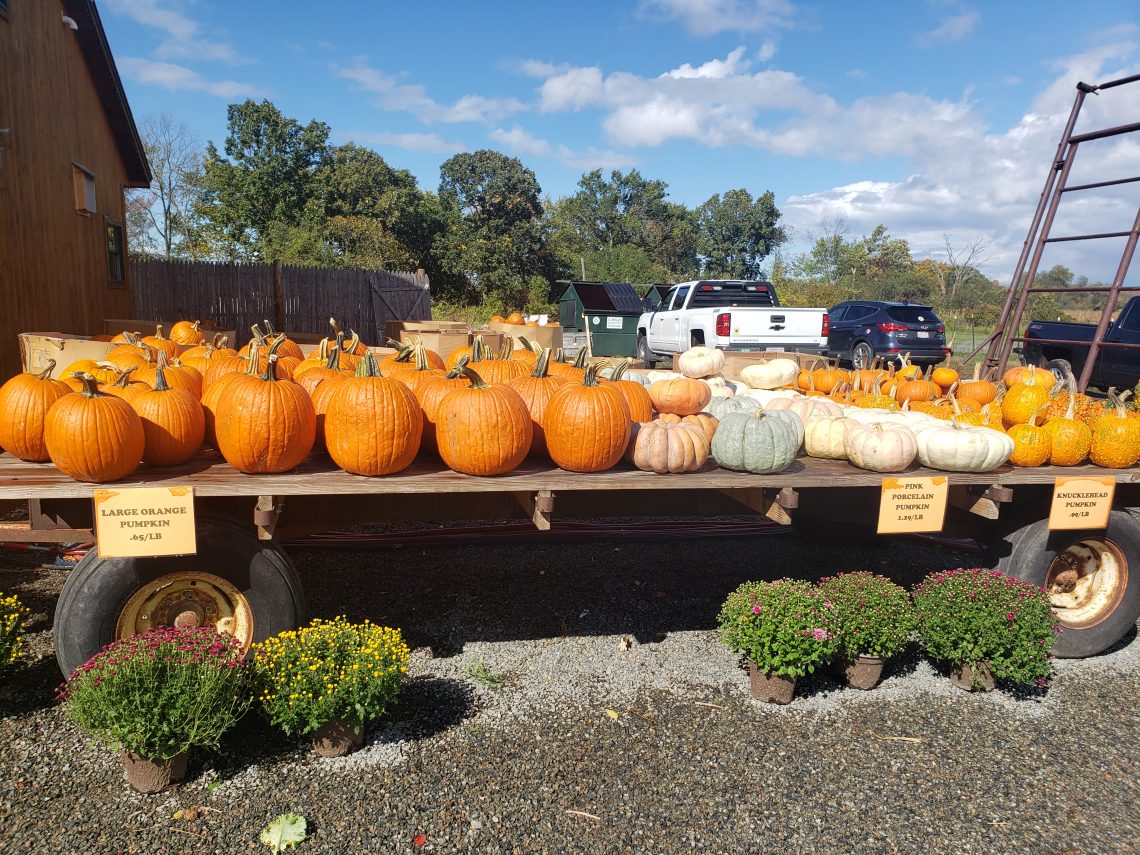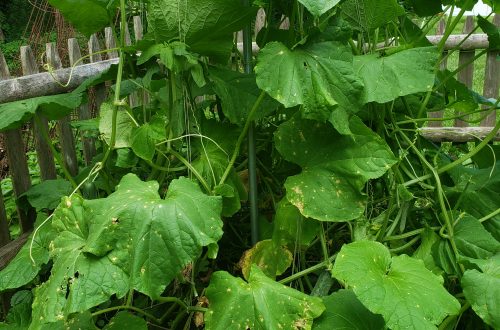
Pumpkins – The Oldest Sister
I have a warm spot in my heart for pumpkins. They are, after all, the oldest of the Native American “Three Sisters” – corn, beans, and pumpkins. The squash category of vegetables was likely first cultivated in Central America over 8,000 years ago before spreading across the Americas, and eventually all over the world. Native Americans planted the three together in the same mound so that the corn provided a loader for the bean vine, and together, they gave shade to the squash.
Pumpkins, part of the winter squash family, were grown in my Farm Belt area in my youth, and the local Del Monte canning plant both grew and canned pumpkin. It was not uncommon to pass a wagon train loaded with pumpkins headed to the plant, a flagman sitting atop the pumpkins on the last wagon signaling the trailing cars as to whether it was safe to attempt to pass.
The Pilgrims’ pumpkin pie
These days, large collections of pumpkins are on sale in local farmers markets. Most, I suspect, are destined for a sad ending – carved into grotesque faces for Halloween. Here in Massachusetts, these hardy vegetables once sustained the local Native Americans. In fact, the word squash comes from the Algonquin word askutasquash meaning “eaten raw.” The first settlers didn’t fully appreciate pumpkins until the harsh winters came. That’s when they recognized that they could store pumpkins whole, and then bake, cut, and moisten them with animal fat, maple syrup, or honey. And those first pumpkin pies? The Pilgrims reportedly hollowed out a pumpkin, filled it with apples, sugar, spices, and milk, put the stem back on, and baked the entire concoction.
These days, most pumpkins end up in the dessert category, and I think that’s too bad. They also make excellent soups and stews. In the past two weeks, I’ve been inundated by the online delivery of a host of pumpkin dessert recipes. But I’ve also seen some interesting soups and stews. How does Pumpkin Soup with Creole Lobster sound? Or Pumpkin and Shellfish Bisque with Pumpkin Seed Pistou? How about Pork, Poblano, and Pumpkin Stew, Pumpkin Chili, or Chicken Curry with Potatoes and Squash?
The Alsatians’ pumpkin soup
I especially focus on these dishes because I fell in love with an Alsatian pumpkin soup I enjoyed at Chez Vivien, a restaurant in Strasbourg, France, one October evening some years ago. I liked that soup so much that I vowed to recreate it when I got back home. The restaurant served this Potage au Potiron in a small pumpkin. And while the presentation was impressive, the gustatory appreciation was even greater. This recipe from the New York Times provides a framework.
But I also want to suggest some variations. First, consider roasting the cut-up pumpkin in the oven rather than cooking it on the stove. The roasting will take advantage of the sugars in a good pumpkin and will caramelize them for some additional flavor. In addition, I recommend adding flavor such as marjoram, lemon juice, or grated nutmeg. And, at the end, sauté some croutons in butter and salt to top the bowls of soup as a garnish. Or, as an alternative garnish, add some pepitas – toasted pumpkin seeds. If you’re more adventurous, add a little Asian fish sauce (nuoc mam) instead of the other spices. But still add the croutons.
But how about you? Do you have favorite uses for pumpkin that don’t involve a Jack-o-Lantern?
Photo taken Sept. 30, 2020 at Colby Farm, Newbury, Mass.





One Comment
Robin Lawson
Mrs. Farmboy here. The recreated pumpkin soup was not the classic Alsatian version served in the pumpkin. It was one with a Thai twist we had in Heidelberg on the same trip. In the interests of culinary accuracy.